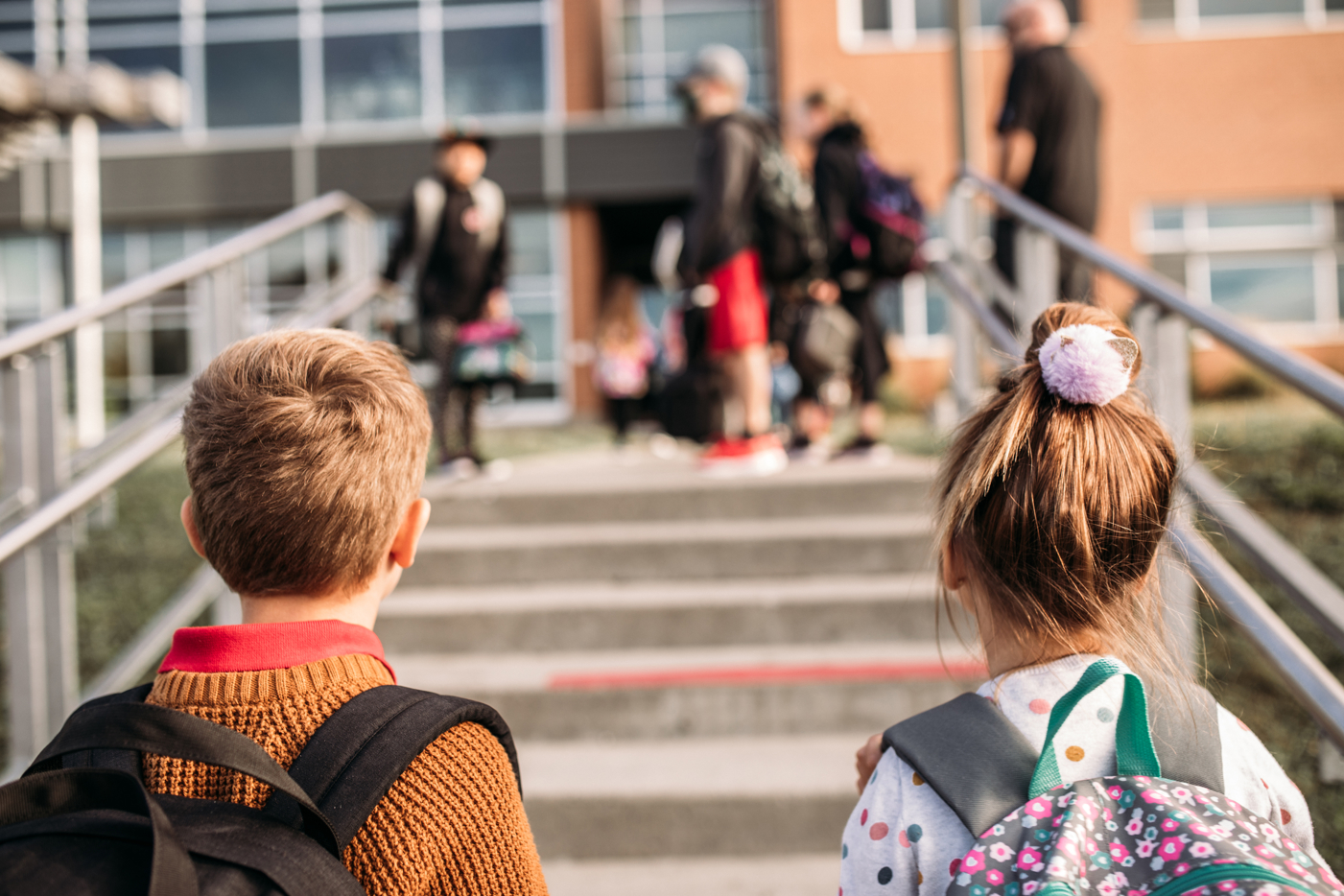
(Image credit: Claudine Chaussé/Lightstock)
Spotting signs of child abuse or neglect in children and young people is distressing for everyone involved. Do you worry that you could be accused of looking for a problem that isn’t there if you report any concerns?
If you feel that something isn’t right and are concerned about a child or young person in your care, recognising the signs will help you respond well. Upsetting as it is, you’ll know that you’ve done the right thing. If you have an uneasy feeling that won’t go away when you see or hear things from a child or young person, don’t ignore it.
What is abuse?
Abuse is an act which causes harm or injury to another person.
- Over time or a one-off traumatic event.
- In person or online.
What is neglect?
Neglect is the persistent failure to meet a person’s basic needs.
- A lack of the love, care and attention needed to thrive in life.
Types and categories of child abuse
- Physical abuse. This can take the form of hitting, punching, burning, shaking and other forms of physical harm.
- Emotional abuse. This includes belittling behaviour, insults, name-calling, degrading and humiliating behaviour, and withholding love and affection. A child will be made to feel that they’re worthless, inadequate or unloved. Intimidation, coercion and harassment can also be involved.
- Sexual abuse. Where a child or young person is forced or enticed into sexual activity, whether the child is aware of what’s happening or not. This may involve physical contact, looking at sexual content online, having their photo taken or being filmed to produce indecent images, or being groomed for these activities – online or in person.
- Neglect. This is the ongoing failure to meet basic physical or psychological needs, which is likely to result in harm to a child or young person’s health or development. It includes not providing adequate food, clothing or shelter, or failing to protect a child from harm.
Signs of abuse and neglect
The signs of child abuse aren’t always obvious. The signs will vary depending on the type of abuse happening, and there are many. Common signs to look out for include:
- A pattern of unexplained bruises or marks. However, a child who has lots of bruises on their lower legs isn’t necessarily being harmed – they could just be out having childhood fun. Accidents happen. Accidental injuries are more likely to happen on areas like knees and elbows, but consistent marks together with unusual behaviour or other physical signs can give you a fuller picture of what could be happening to that child.
- Using sexualised language you wouldn’t expect a child of their age to know.
- Poor hygiene or always asking for food.
- Changes in behaviour and personality, especially if these are unexplained – for example becoming uncharacteristically aggressive, quiet or upset.
- Being withdrawn, having few or no friends.
- Being anxious or worried about things.
- Difficult relationship with parents/carers
- You might also see unusual behaviour in an adult caregiver that makes you concerned for the safety of a child.
What to do if you’re concerned
- Check your safeguarding policy and share your concern with your Safeguarding Coordinator. It’s better to speak with your Safeguarding Coordinator than ignore something, even if it’s just a niggle and you feel silly doing so. Their role is to hold all the pieces of the puzzle and the information you have could be more important than you realise.
- Contact police on 999 if it’s an emergency
- Speak to local social services
- Contact our safeguarding helpline on 0303 003 1111
You might also be interested in our free help guides
How to respond to an allegation of abuse | Thirtyone:eight
